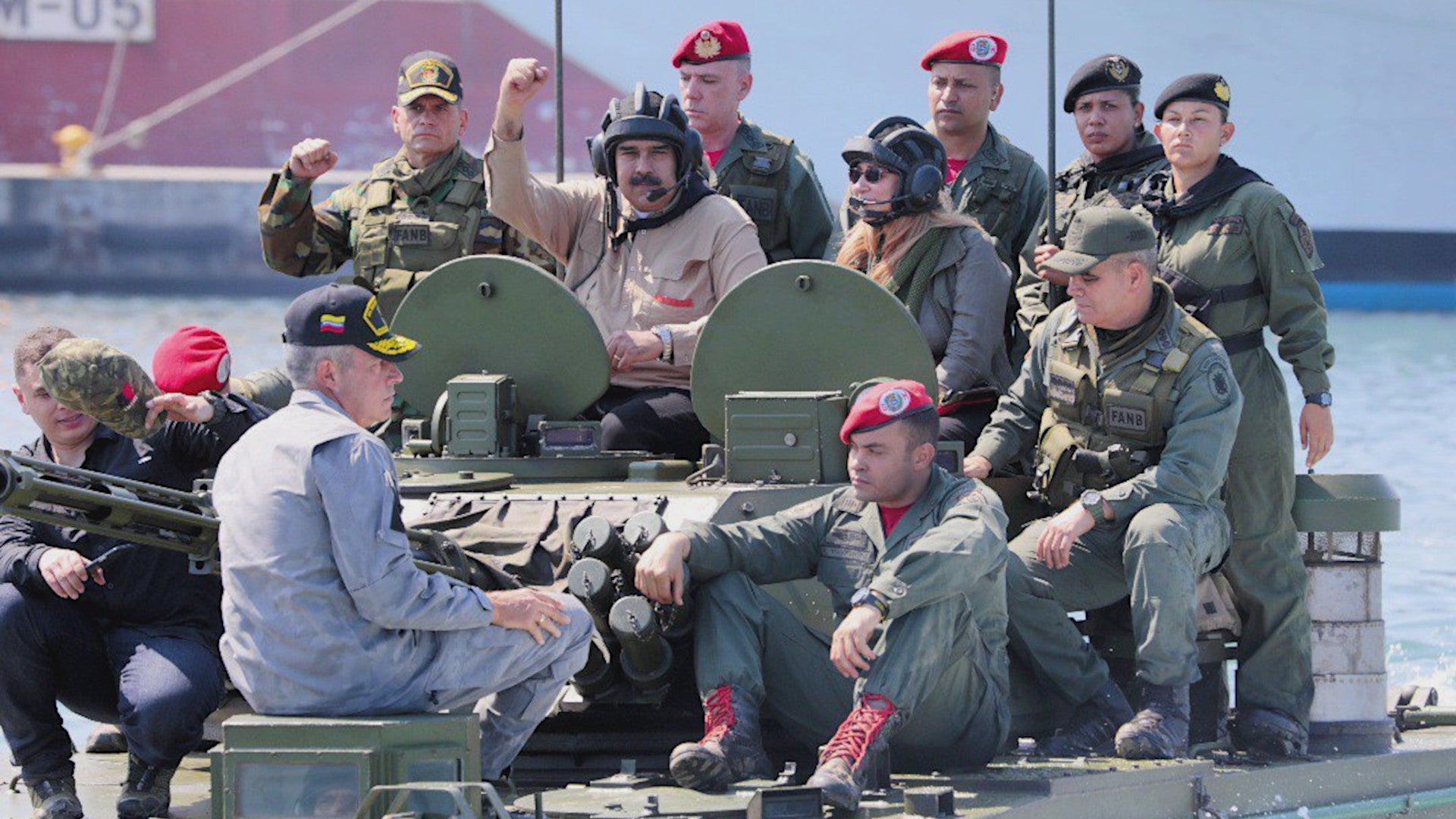Over the weekend, Venezuela’s increasingly isolated President Nicolás Maduro took a trip to review various units of the country’s armed forces, including the Venezuelan Army’s 41st Armored Brigade and elements of the Venezuelan Marine Corps. The heavily staged visits included a photo op of Maduro and his wife riding in the turret of Chinese-made VN18 armored amphibious vehicle while it did donuts in the water at a naval base. The events were obvious propaganda to show his opponents at home and abroad that he continues to enjoy the loyalty of the bulk of the country’s armed forces, a typical move for a dictator facing a popular challenge to their authority.
Pictures and videos of the trips to review the military units in the field appeared on Maduro’s official Twitter account and elsewhere on social media on Jan. 27, 2019. The Venezuelan leader has been fighting to retain control of the country since Jan. 23, 2019, when opposition figure and President of the country’s National Assembly Juan Guaido announced he had taken the title of Interim President. Maduro had been set to begin a new term following a disputed election in 2018 that observers said was neither free nor fair. Guaido now enjoys the support of the United States, Canada, and the majority of the countries in Central and South America, as well as other nations around the world, but he has not yet been able to get Maduro to relinquish power.
During his visit to the Agustín Navarro Naval Base, Maduro and First Lady Cilia Flores, who is also a Venezuelan politician and lawyer, donned Russian-style armored vehicle crew helmets and went for a literal spin in the water in a VN18 amphibious armored vehicle. During the event, Maduro and Flores stood in the vehicle’s turret, while Venezuelan military personnel rode on the back.
In the videos and photographs that the Venezuelan leader released himself, you can see the entire escapade if hardly as impressive a display of martial strength as Maduro’s fist-waving and talk of his country’s “warrior spirit” clearly seeks to imply. Small boats keeping close by in case of an accident as the VN18 drives around in a circle, never straying far from shore. In 2015, Venezuela’s Marine Corps reportedly took delivery of 25 VN18s, as well as 25 VN16s, from China, according to data the Stockholm International Peace Research Institute has collected.
The VN16 and VN18 are export variants of the ZTD-05 and ZBD-05 amphibious armored vehicles, respectively. Venezuela is the only operator of these fully-tracked armored vehicles outside of China. The two vehicles differ primarily in their armament, with the turret on the ZTD-05 featuring a 105mm gun, while the ZBD-05’s main armament is a 30mm automatic cannon.
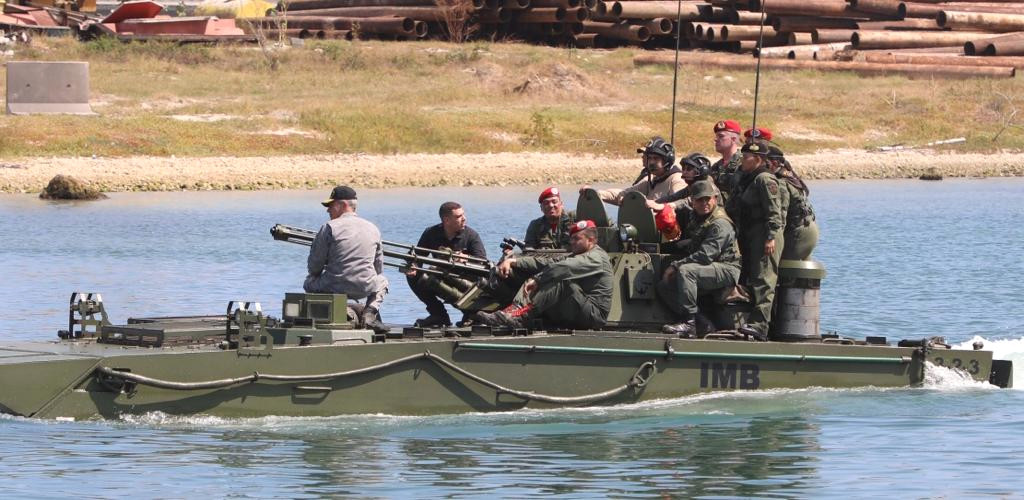
The ZTD-05 primary role is to act as an assault gun and support marines against light armored vehicles and fortified positions. The ZBD-05 is an infantry fighting vehicle configured carry up to 8 fully armed troops. For Venezuela, the vehicles provide an important maritime capability both in the Caribbean Sea and along the country’s many large rivers. The same deal with China also included rocket artillery systems, self-propelled mortars, and light armored personnel carriers, the latter of which went to the country’s National Guard.
During his visit with the 41st Armored Brigade, which is part of the Venezuelan Army’s 4th Armored Division, the country’s only armored division, Maduro got to see that unit’s arsenal of Russian-made armored vehicles, including T-72B1V tanks, BMP-3 infantry fighting vehicles, and BTR-82A wheeled armored vehicles. Unfortunately, there are no photos or video of Maduro riding in any of these vehicles.
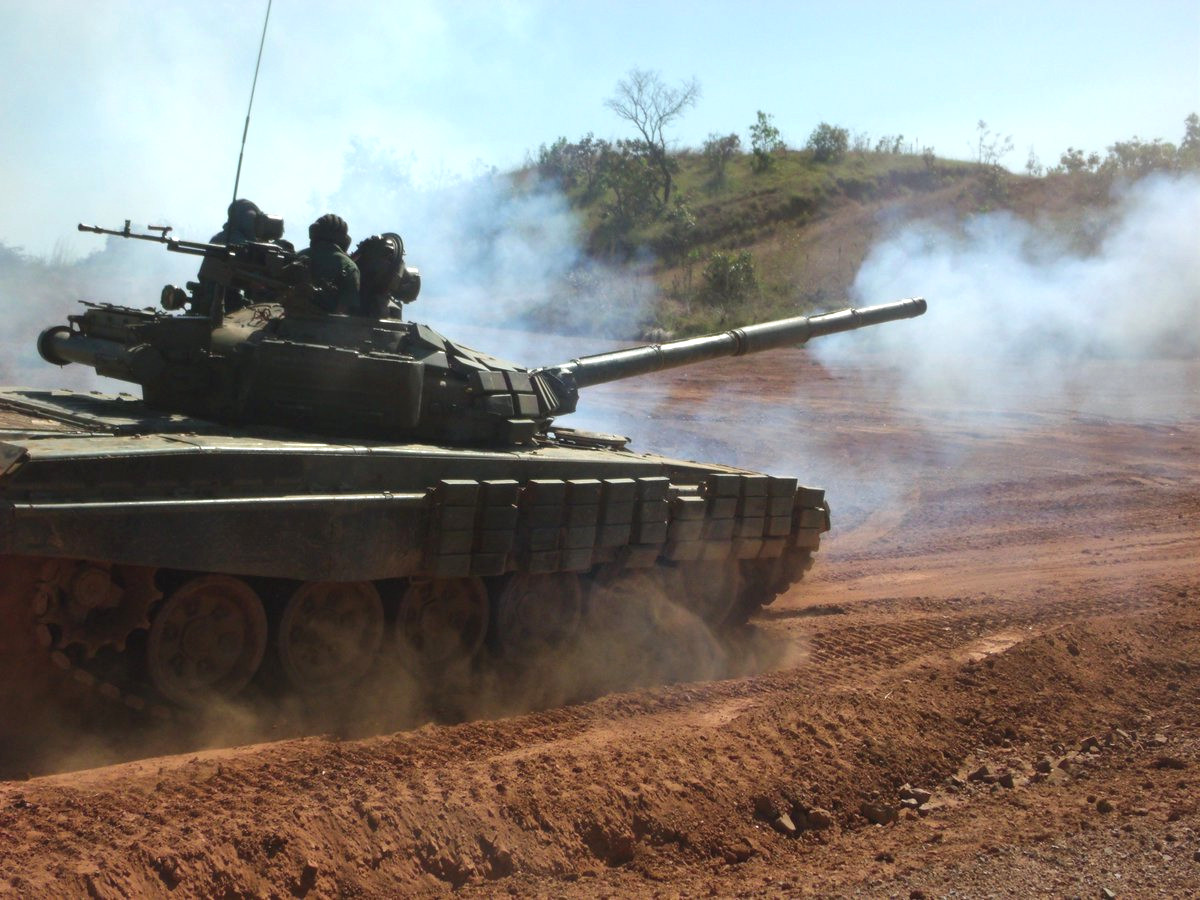
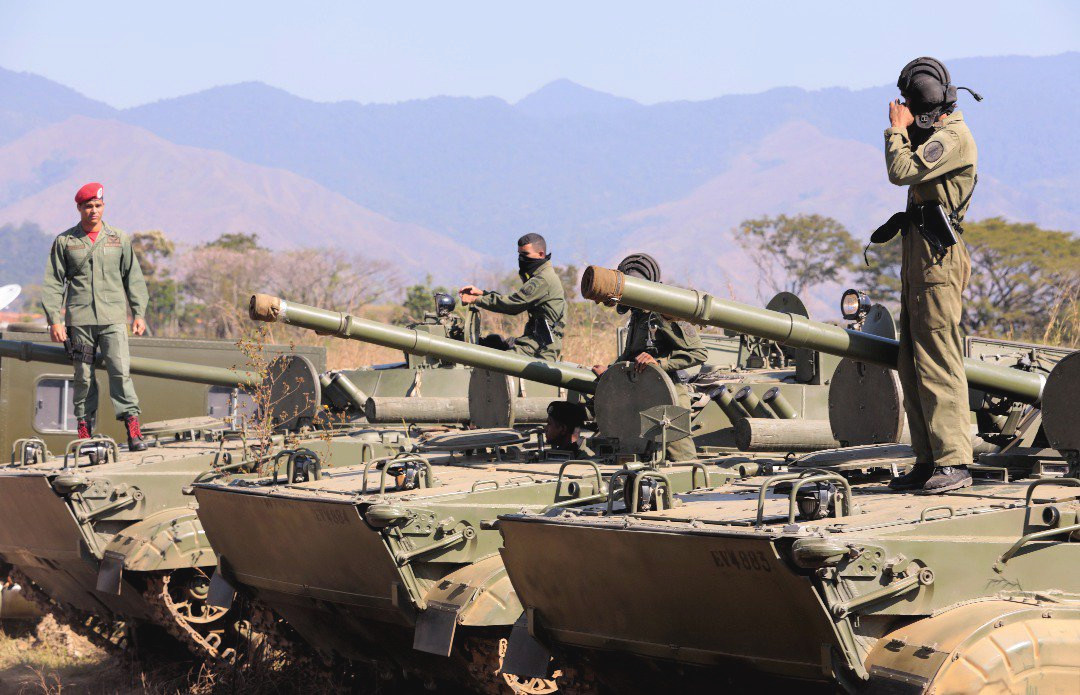
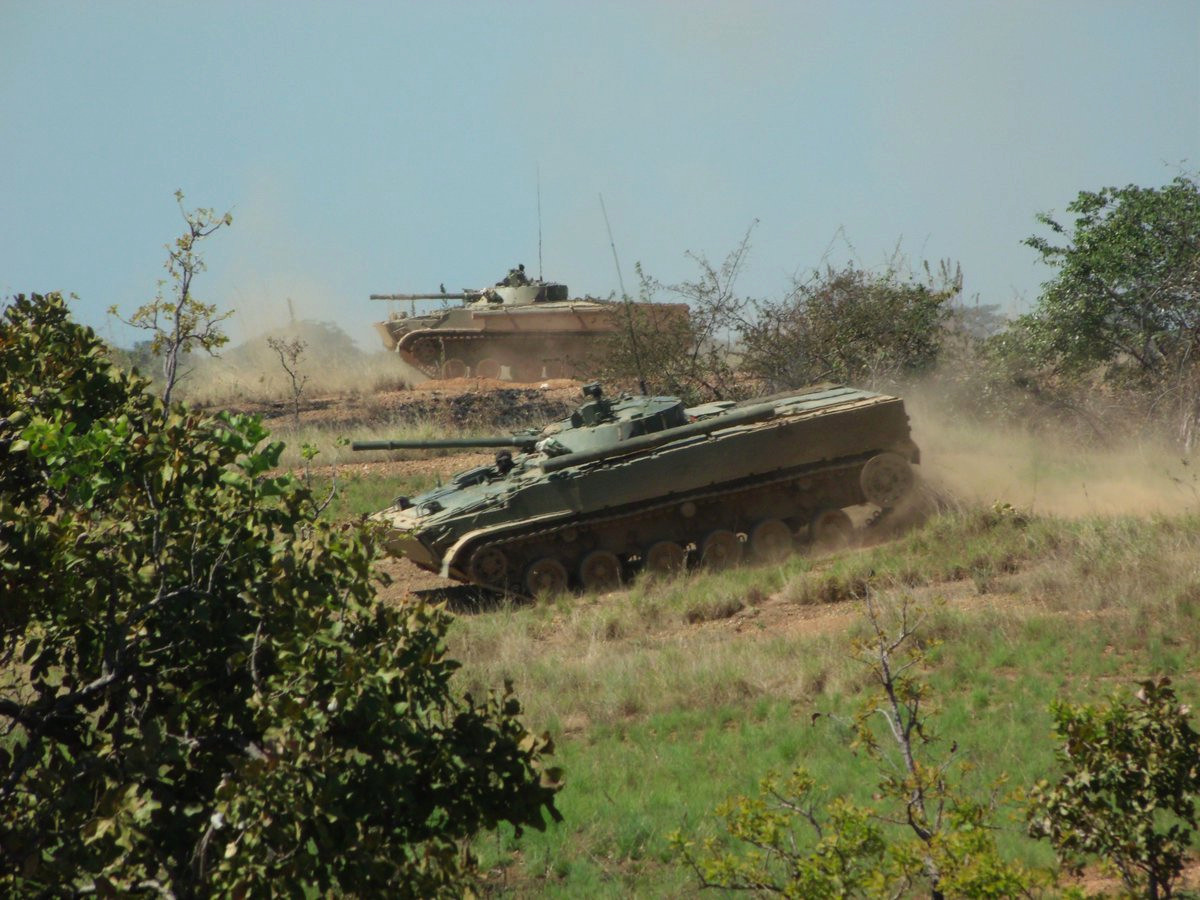
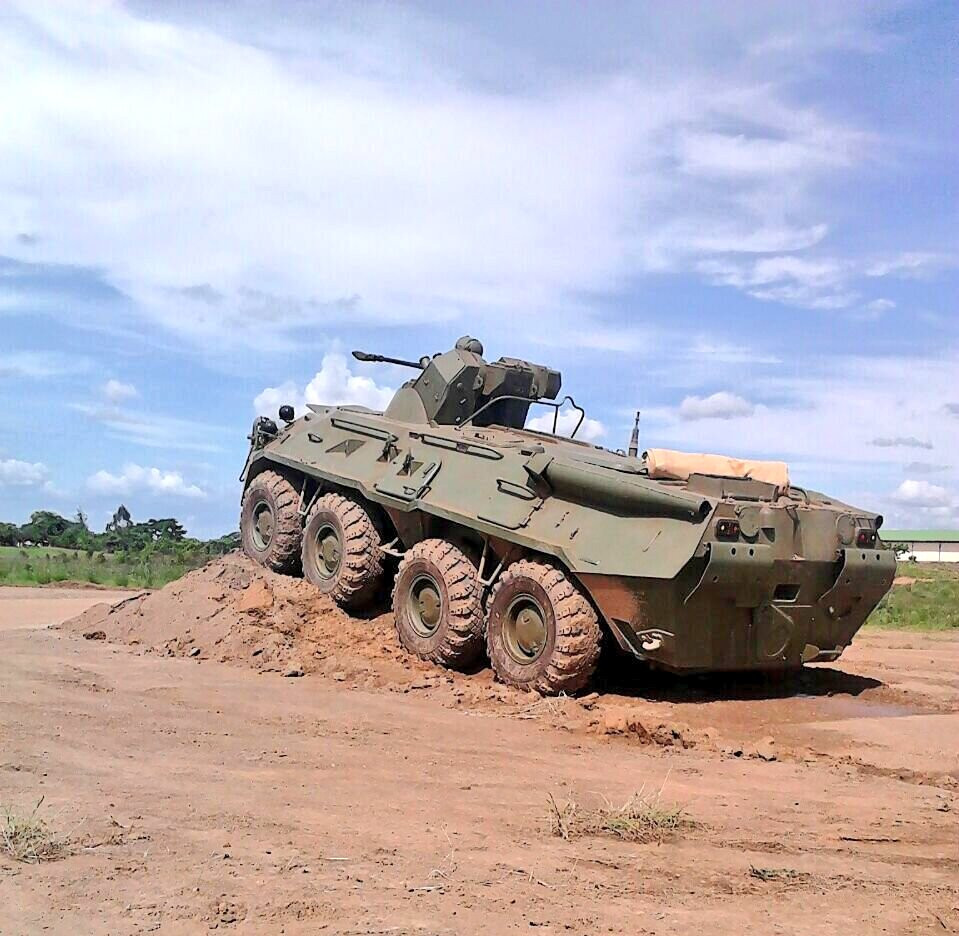
Beyond just armored vehicles, Venezuela has purchased substantial amounts of Russian military equipment in recent years, including Su-30MKV Flanker fighter jets, Mi-17 Hip armed transport helicopters, and more. Before the country’s latest political upheaval, Maduro’s government had reportedly been in talks with the Kremlin about allowing Russia to establish an air base in Venezuela.
The 4th Armored Division itself also has Russian-made 2S19 Msta-S self-propelled 152mm howitzers and various other armored support vehicles, some of which appeared to be heading toward the border with Colombia on Jan. 27, 2019. Maduro routinely accuses the United States, as well as its ally Colombia, itself a major critic of his government, of plotting to forcefully depose him in favor of Guaido, but has provided no evidence so far that this the case.
Colombian officials have publicly said that they would not support any armed intervention, according to state media in Russia, one of Maduro’s principal allies. Previous reports had indicated that Colombia’s government had also made its opposition to a military operation clear in meetings with U.S. President Trump and members of his administration.
However, NBC contributor Ned Price, a former Obama Administration official, said he and his colleagues had noticed an apparent note reading “5,000 troops to Colombia” on a notepad that Trump’s National Security Advisor John Bolton had brought to a White House press briefing on the situation in Venezuela and Trump has publicly floated the idea of more than one occasion. At present, there has been no announcement of a major US troop to deployment to Colombia and it is possible that Bolton’s shorthand referred to the Venezuelan deployment toward the Colombian border. At the press conference, the U.S. only announced it was sanctioning Venezuela’s state-run oil company, Petróleos de Venezuela, S.A., or PDVSA.
Regardless, Maduro’s trip to visit various military units was clearly meant as a very visible signal to his opponents that he is prepared to oppose any attempt to unseat him by force and to show off his heavy armored forces, which could present significant risks and challenges to any such intervention. It also came after Jose Luis Silva Silva, the attaché from the Venezuelan military, officially known as the National Bolivarian Armed Forces of Venezuela, or by the Spanish acronym FANB, at the country’s embassy in Washington, D.C., publicly announced he was siding with Guaido on Jan. 26, 2019.
In a video recording from his office, Silva Silva urged his comrades in the military to join him, to respect the constitution, and to refrain from attacking civilian protesters who continue to demonstrate against Maduro. The FANB’s official Twitter account branded Silva Silva a traitor in a subsequent social media post.
You can watch Silva Silva’s address below and can turn on English subtitles in the settings if they do not automatically appear.

So far, the bulk of the FANB, including what appears to be the core of its heavy armored forces, remains loyal to Maduro and has been a key factor in keeping his regime afloat. There have also been reports that Russia may have sent shadowy mercenaries to help bolster the President’s position.
Continued support from the country’s military will likely be one of, if not the key deciding factor in whether Maduro can retain his grip on power.
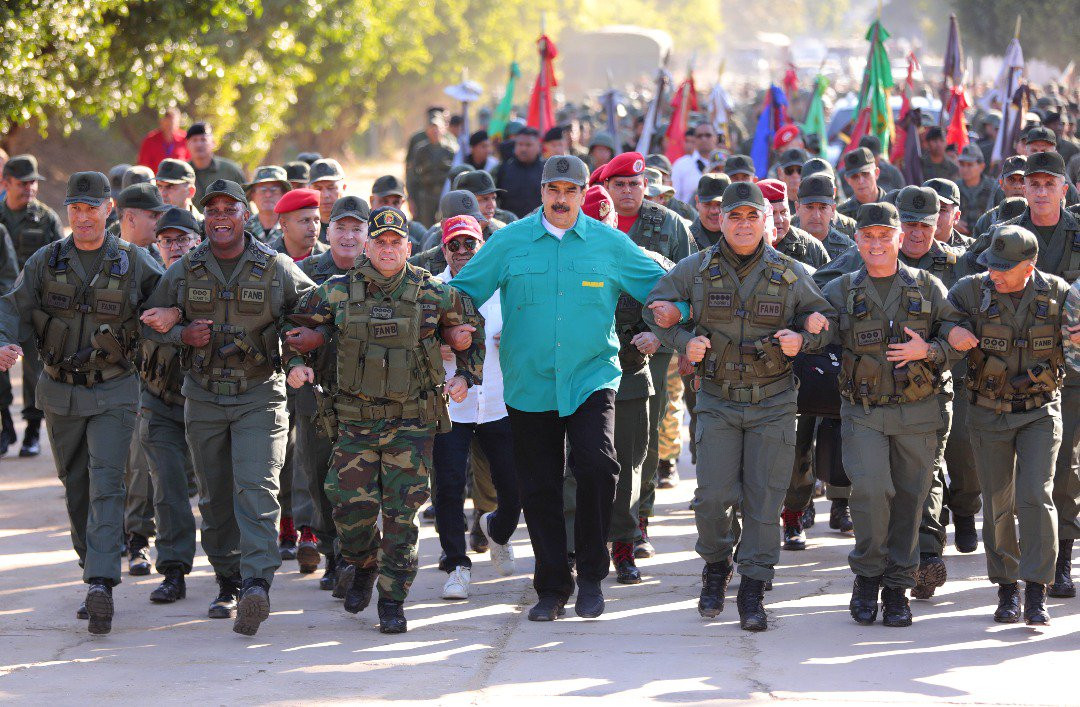
Contact the author: jtrevithickpr@gmail.com
